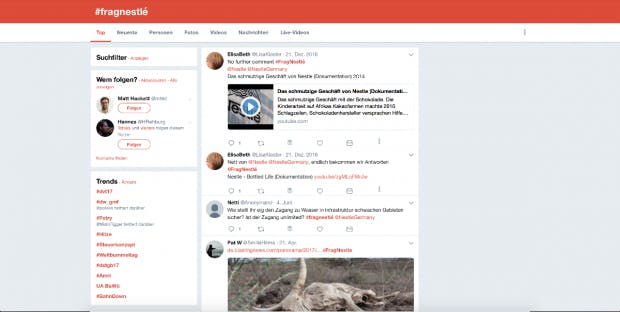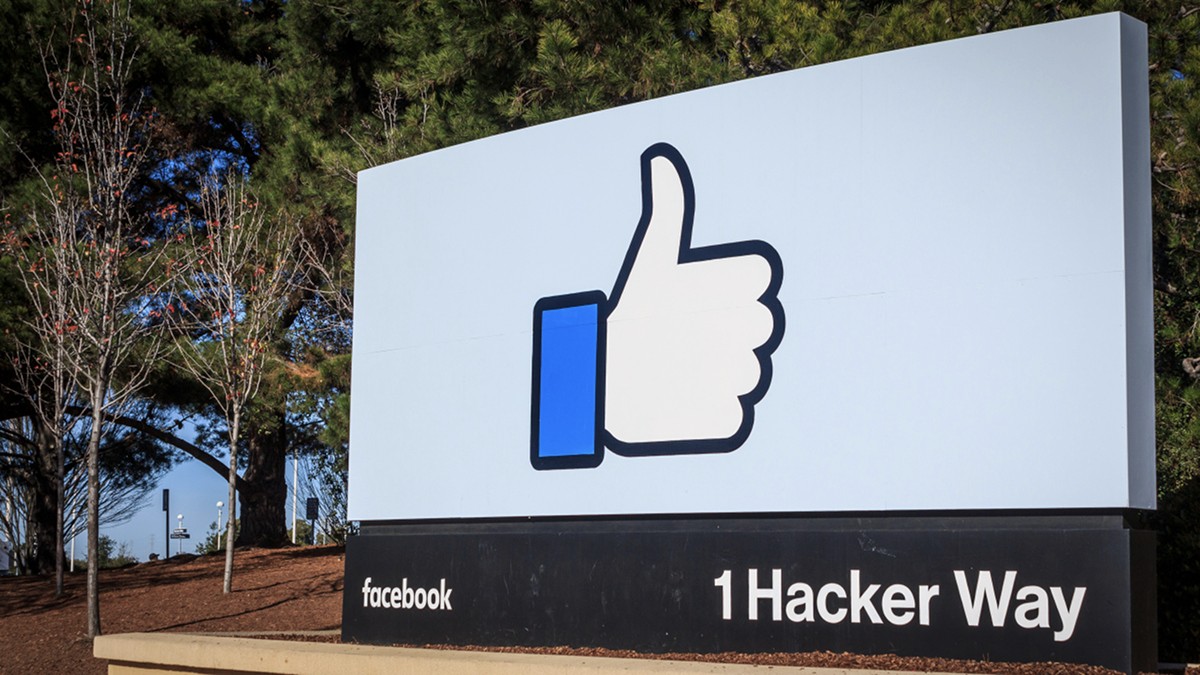
User-generated content is more than just an accompaniment to your own advertising measures. User reviews, comments and photos are considered to be far more influential than any other form of media.
The idea behind it is quite simple: users create content for a brand, a product, a company itself and distribute it via the social web. The result: more reach, better customer loyalty, new fans. User-generated content is therefore far too important to be left out by marketers.
Why User Generated Content Shouldn’t Be Ignored
The influence of user-generated content on the behavior of (potential) customers has already been the subject of numerous studies and investigations. According to Mavrck, this is achieved on Facebook 6.9 times more engagements than brand content.
A Olapec study on consumer confidence also shows that users place much more trust in user-generated content and that willingness to buy increases when a user-generated content with a positive connotation is seen for a product.
The advantages of user-generated content are clear:
- It is quasi free or at least cheaper than other content.
- Customer loyalty is strengthened.
- It is authentic and creates trust.
- Users identify more with a brand / company.
- UGC achieves higher ranges and interactions.
What types of user-generated content are there?
The phenomenon is nothing new: reviews, ratings or comments on social media platforms are common. Such user-generated content primarily serves companies to receive honest feedback from their customers. Such contributions, in turn, help other users make their purchase decision. This content is mostly very text-heavy and is therefore not really suitable for targeted campaigns with user-generated content. If you want to use a campaign to specifically encourage your customers to become active themselves, you should rely on photo and video contributions. Unboxing videos or photo competitions are tried and tested formats.
How companies can use user-generated content for themselves

The Nestle campaign shows that user-generated content can also backfire. (Screenshot: Twitter)
Not every product immediately offers enough user-generated content to make it usable for your own advertising strategies. Emotional products, so-called high-involvement products, such as luxury goods or premium food, are much more affinity for user-generated content, so that companies can often resort to such content without much effort. Low-involvement products, such as groceries and other everyday goods, have a harder time. Here companies have to actively encourage their customers to generate their own content.
In order for such a campaign to be successful, there are a few points to consider:
- Weigh risks beforehand: Turning users into the mouthpiece of their own brand can quickly backfire on controversial issues. Think of it # FragNestlé. Make sure your customers have had mostly positive experiences with your brand or company so far.
- Prepare crisis strategies: The disadvantage of user-generated content is that you can never predict exactly how users’ reactions will turn out. A crisis strategy is therefore essential even with less controversial issues. The content has to be moderated: there has to be a clear rule on netiquette and negative reactions have to be reacted quickly, but above all transparently and politely.
- To stimulate appetite: A UGC campaign that runs for several weeks or months carries the risk that interest quickly declines and ultimately fizzles. In order to motivate as many users as possible to participate, the campaign should be attractively announced in advance and awaken the anticipation of the users. Once they are fed, companies can look forward to a flood of content once the starting signal has been given.
- Take the customers by the hand: To get valuable user-generated content, don’t leave your users alone, but be a kind of co-marketer for them. For example, provide them with a hashtag or photo filter. Show them how they can create, distribute and interact with content or select targeted brand ambassadors from your user group with whom you can then implement a campaign.
- Clear, simple rules: It is important to keep the threshold for participation as low as possible for your users. After all, your users want to have fun and share their brand experience with others with as little effort as possible.
- Interact and moderate: When you call on your customers to produce content for you, you should appreciate this “work”. Respond to your users’ content, comment on it or share it. Your users have to realize that they are perceived and taken seriously so that they don’t lose their desire. This applies not only to UGC campaigns, but to all content of your users. Regular monitoring of how users interact with your brand, for example using your hashtags, helps you to get in touch with your users.
- Evaluate success: The success of a UGC campaign can be measured using various key figures: click rate, length of stay, sales, new leads. Thorough monitoring is the basis for a successful evaluation. After such a campaign, you should also draw a conclusion: How was the engagement of the users? What was the quality of the contributions? How much negative feedback was there? With this knowledge, you can plan new UGC campaigns even better.
User-generated content from an SEO perspective
In a video from the #AskGoogleWebmasters series, John Mueller explains how Google treats user-generated content on websites: just like other page content. No matter whether it is comments, discussions or entire pages that are written by users. Google assumes that this is content that webmasters want to have on their page and that therefore meet their own requirements. In order to simplify the moderation of such content and to prevent bad UCG from damaging the site’s ranking, Mueller recommends excluding these pages from indexing until a quality check has been carried out. If user-generated content contains links, they should also have the UGC attribute rel = “ugc” be provided
Conclusion
User-generated content is a powerful tool for strengthening your own marketing activities. Customers build a much stronger and more personal bond with a brand and thus represent the lifestyle behind a product. And although consumers recognize the advertising intent behind a UGC campaign, they give their content more trust than pure brand content. So that such a campaign can work, here are the most important questions that you should ask yourself in advance:
- What content should be produced? (Photos, videos, texts)
- Who should produce content? (all or selected users)
- Where should the content appear? (social networks, company website, separate homepage for the campaign, offline …)
- How long should the campaign run?
- What time and human resources are available?
- Which overarching goal should be achieved?
And last but not least: listen to your customers, take them seriously and give them a platform. So you can make them authentic brand ambassadors.
Also exciting: Brand storytelling: Why brands have to tell a story
[custom-twitter-feeds feed=2]




